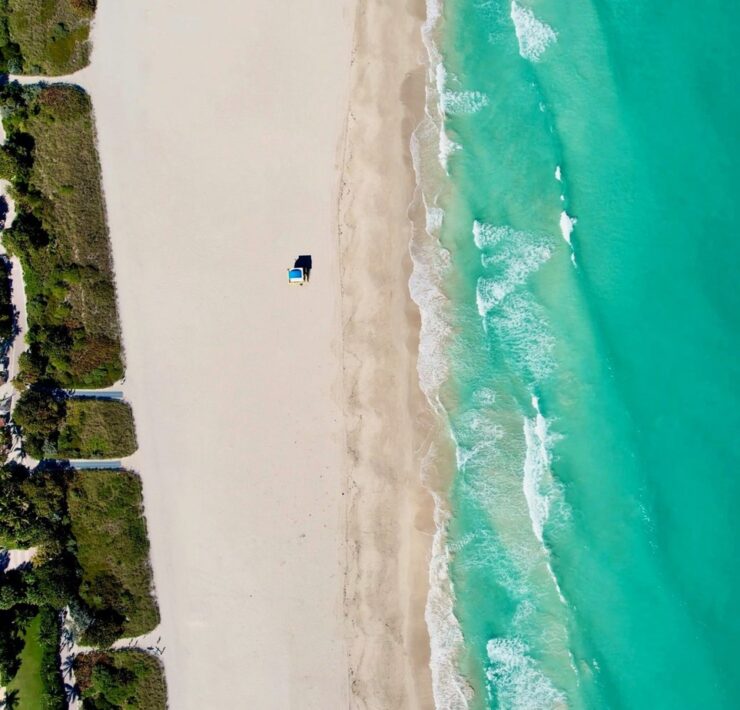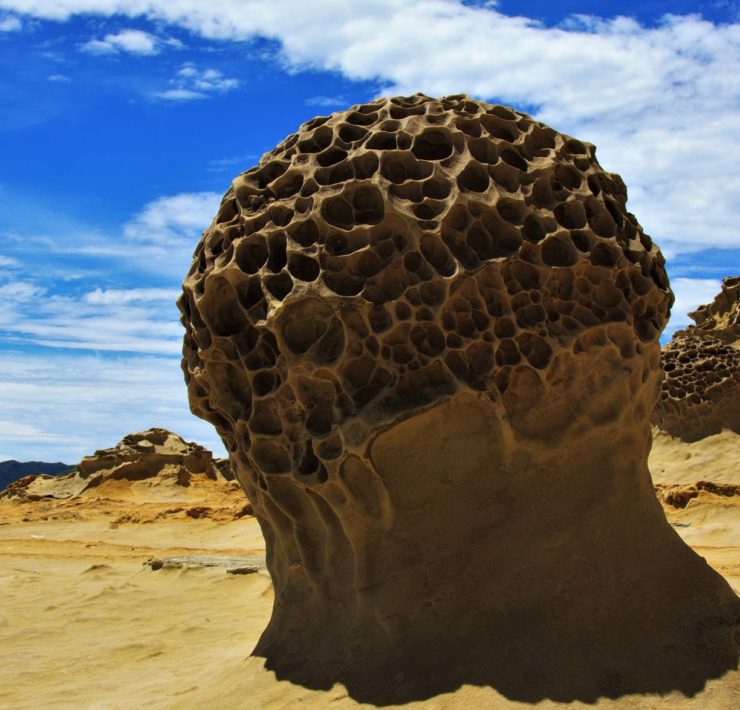As a land rich with mythical and historical vestiges, it is not rare to find renowned and legendary sites, landmarks, and architectural structures in Greece. The Corinth Canal is one of them.
Since its opening, the Corinth Canal has been proving itself as a labor- and time-effective route for an uncountable number of sea-going vessels. Being the connecting link between the Gulf of Corinth and the Saronic Gulf and the separator of Peloponnese from mainland Greece, the canal provides a short-cut nautical route for the vessels sailing from Athens and the port of Piraeus – Greece’s most important and largest port – to the west.
The Greeks dreamed of digging a waterway that connects the continental Greece with Peloponnese more than 2,000 years ago. The second tyrant of Corinth (602 BCE), Periander, first envisioned the Corinth Canal. However, such a huge project was beyond the technical capacities of that age, leading Periander to take another project named the diolkós. It was a stone-road that was used for transferring ships from one sea to the other through wheeled platforms.
Macedonian king Dimitrios Poliorkitis (300 BCE) was the second person who attempted to dig the canal. However, his engineers told him that it would make the more northerly Adriatic to flood the more southern Aegean, which was a wrong theory nevertheless. Their religious belief was also an obstacle according to which Poseidon, the god of the sea, was not in favor of connecting the Aegean with the Adriatic. Roman Emperor Nero (67 CE) was the next ruler to make a serious attempt but he was murdered before the project was completed.
Capodistrias (1830), Greece’s first governor after the liberation from the Ottoman Turks, was the first modern ruler who tried to complete the project but filed because of the budget shortage. Finally, the Greek government appointed a private company named Austrian General Etiene Tyrr in 1869 to construct the canal. The work started on March 29, 1882, but stopped because of insufficient funds. Another company named Andreas Syggros resumed the work in 1890. The canal was opened for regular use on October 28, 1893.c
Finished in 1893, the Corinth Canal is quite similar to the Panama Canal but on a much smaller scale. With 3.9-mile or 6.3-km length and 26-foot or 8-m water depth, the canal makes the Peloponnese Peninsula an island. The width of the canal can vary from 69-foot or 21-m minimum at the bottom and 82-foot or 25-m maximum at the surface of the water. It saves the labor of circumnavigating the Peloponnese, which cuts down nearly 185 nautical miles from the journey, while sailing between the Aegean and Adriatic.
The canal is not wide enough for the modern ocean freighters. In fact, it is so narrow that it allows a one-way system through which only a single convoy can pass at a time. Currently, only the smaller ships and tourist ships use the canal. In fact, sailing through the canal is one of the main attractions to the cruise passengers.
When On Earth Magazine is for people who love travel. We provide informative travel guides, tips, ideas and advice regarding places to see, things to do, what to taste, and much more for world travelers seeking their next dream vacation destination.







